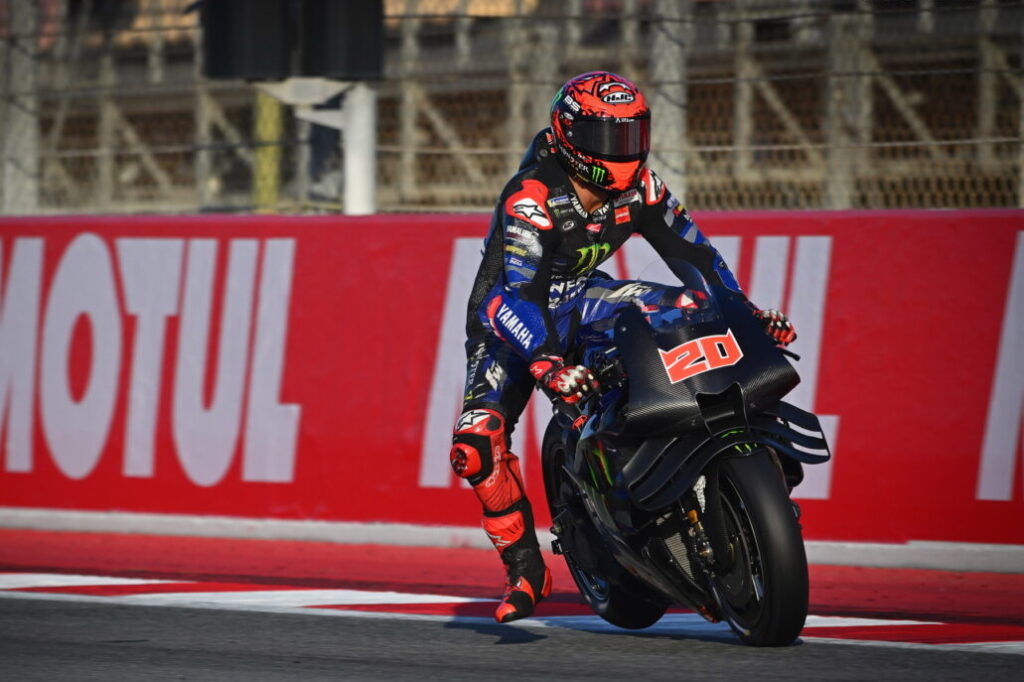MotoGP Approves Engine Freeze Ahead of 2027 850cc Era
MotoGP will freeze engine development for 2025 and 2026 to control costs and level the playing field ahead of the 2027 switch to 850cc.
As MotoGP’s 2027 regulation change is on the horizon, Yamaha will have to decide soon on its future MotoGP engine layout.

Yamaha has been synonymous with the inline-4 engine layout in MotoGP, however, significant developments in the last year could hint at a potential shift to a V4 configuration in the future.
Technical Director Max Bartolini emphasized the comprehensive overhaul required to adopt a V4 engine. “When you think about the V4 engine, you have to think not only about the engine. Having a V4 engine means you have to build a completely different bike.”
“So, different chassis, different weight distribution, different parts on the bike. But we have no idea if it’s faster or not at the moment,” he said. “We have to decide in 2025 which layout we’re going to use in the future, and I hope to have the information to decide in 2025.”
“The 2027 [regulation change] is getting closer, and we cannot keep developing many parallel projects – it’s very time- and effort-consuming. So, we should decide soon. We will stay on the faster package, doesn’t matter which.”
MotoGP will freeze engine development for 2025 and 2026 to control costs and level the playing field ahead of the 2027 switch to 850cc.
Yamaha’s upgraded 2024 inline-4 engine looked promising at the start of the season. The team, on the hunt for higher top speed, was able to extract more power out of their engine. Yet, Bartolini revealed that its performance was tempered over time as the aero parts of the M1 were upgraded.
“The Yamaha was quite fast [for top speed, at the start of the season], but in the meantime, we also developed the aero. And aero eats horsepower! If you have power, you can use aero. And if you don’t have more power, you cannot use more aero,” he noted.
All of 2024, Yamaha was trapped in a cat-and-mouse game of constantly improving one area only to struggle in another one a week later. Despite having to develop the M1 “in many small areas”, Bartolini is certain the team is “on the right path” and “understood what to do”. “If you have something that doesn’t work, you fix that and it’s okay; but if you have many small areas to improve, you need a lot of [work] and a lot of time to improve.”
The way back to the top of MotoGP is not just a technical challenge but also a cultural one for Yamaha. With most of Yamaha’s development and engineering team situated in Japan, Bartolini is working on bridging the differences in philosophies.
“In Japan, they think 10 times to make one thing, and we Europeans make 10 things thinking just one time. If we will be able to change the approach on the racing, use the mix of the two cultures, I think we can get a very good compromise.”